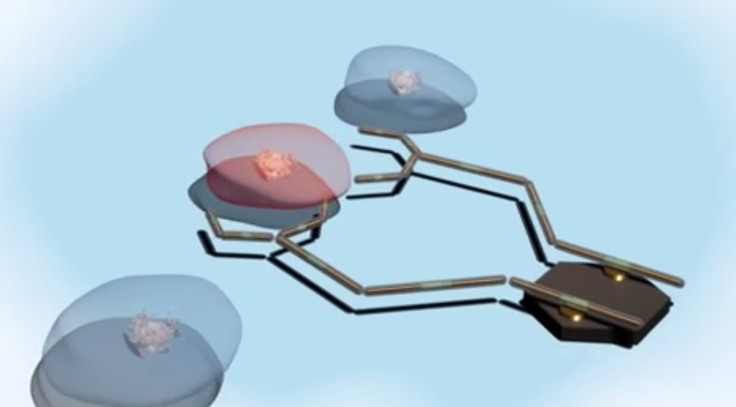Engineers Invent World's Smallest, Fastest Nanomotor That Could Change the Future of Medicine

University of Texas engineers have created the world's smallest, fastest and longest-running tiny synthetic motor to date – an invention that could change the future of medicine by powering nanobot computers to dispense drugs and fight cancer cells throughout the body.
Led by mechanical engineering assistant professor Donglei "Emma" Fan of the Cockrell School of Engineering, the team of researchers set out to create a three-part nanomotor 500 times smaller than a grain of salt and tiny enough to fit inside a human cell.
While most nanomotors rotate at the speed of 14 to 500 RPMs, the new ultra-high speed nanomotor can rotate for 15 continuous hours at the speed of 18,000 RPMS, which is equivalent to the speed of a jet airplane engine.
Their research, entitled "Ultrahigh-speed rotating nanoelectromechanical system devices assembled from nanoscale building blocks" is published in the Nature Communications journal.
During an experiment, the researchers coated the nanomotor's surface with biochemicals. The faster the nanomotor spun, the faster the chemicals were released.
The researchers also found that if you put several nanomotors next to each other, they will work together and rotate in a synchronous fashion.
"We were able to establish and control the molecule release rate by mechanical rotation, which means our nanomotor is the first of its kind for controlling the release of drugs from the surface of nanoparticles," said Fan.

"We believe it will help advance the study of drug delivery and cell-to-cell communications."
Nanobot technology is still in its infancy. Last month, scientists managed to inject the first living DNA nanobots into live cockroaches to deliver drugs directly into the insects' cells.
A nanomotor that can run for 15 hours and rotate at a high speed would be an enormous step forward in powering nanobots, and in the near future, Fan and her team want to develop new mechanical controls and chemical sensing that could be integrated into nanoelectromechanical devices.
The experiments have so far only been carried out in a non-biological setting, so the next step will be to test the nanomotor near a live cell so that the researchers can measure how drug molecules are delivered.
© Copyright IBTimes 2025. All rights reserved.





















